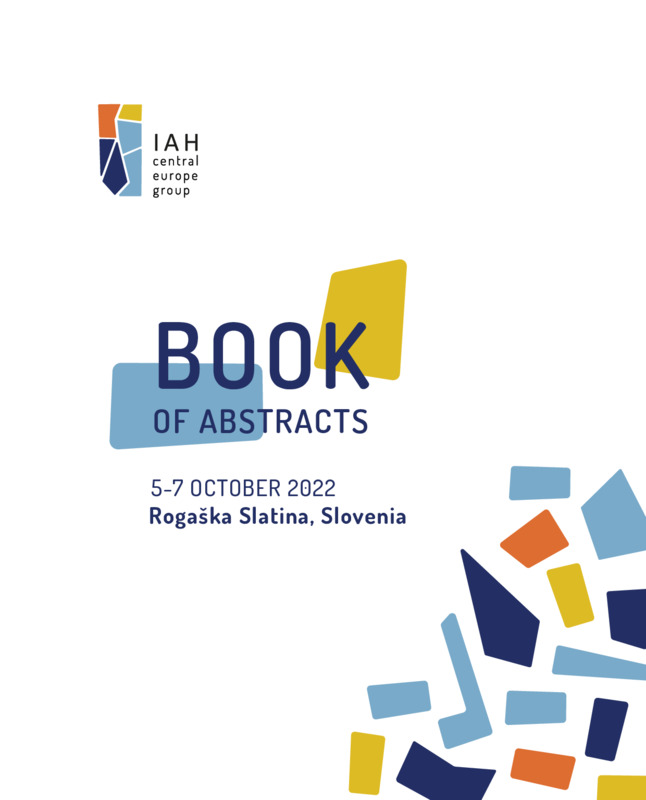The impact of temporal variability of groundwater levels on groundwater vulnerability maps in karst terrains – a case example of the Perućac spring catchment area
Објеката
- Тип
- Саопштење са скупа штампано у изводу
- Верзија рада
- објављена
- Језик
- енглески
- Креатор
- Vladimir Živanović, Igor Jemcov, Nebojša Atanacković
- Извор
- 5th IAH CEG conference
- Уредник
- Mihael Brenčič, Petra Žvab Rožič, Anja Torkar
- Издавач
- Slovenian Committee of International Association of Hydrogeologists - SKIAH
- Датум издавања
- 2022
- Сажетак
-
Groundwater vulnerability maps represent an essential tool for protecting karst groundwater resources. Vulnerability assessment is usually based on spatial evaluation of various parameters that affect the vulnerability degree and regulate the protection role of the unsaturated zone. Most of these parameters, like soil and geology conditions, are constant and do not change during the year or over several years. In contrast, some parameters, such as the groundwater level, depend on the variability of recharge conditions. By considering the variability of groundwater parameters, vulnerability maps are significantly changed, regardless of the applied vulnerability assessment method. In such circumstances, the obtained groundwater vulnerability maps can reflect the vulnerability degree in different water stages. According to the state of accumulation of karst groundwater, these maps can be used to define protective measures and adequate action in case of a contamination accident.
The catchment of the Perućac spring in western Serbia was selected to assess groundwater vulnerability in two characteristic water storage in the karst aquifer during the hydrological year. The catchment area is characterized by mainly Triassic limestone with well-developed karst porosity. The karst aquifer is primarily recharged with precipitation on the autogenous part of the basin and several periodically active ponors with punctual infiltration. The outflow predominantly occurs through the Perućac karst spring with a flow rate variability of 0.4 to 10 m³/s.
In these examples, two karst vulnerability assessment methods were applied to estimate groundwater vulnerability in different water stages: PI and COP. Parameters that were found to change in time were the thickness of the unsaturated zone (PI and COP), precipitation (COP), recharge (PI), and infiltration conditions (PI and COP). The latter parameter has the most significant impact on groundwater vulnerability since the presence of concentrated recharge significantly changes the natural protection degree.
Assessment of groundwater vulnerability maps based on different storage conditions in the analysed karst aquifer can be a powerful tool for improved protection and sustainable development of karst basins and analysis of different climate change scenarios and long-term protection. - почетак странице
- 55
- крај странице
- 55
- isbn
- 978-961-95960-0-5
- Просторно покривање
- Tara, Srbija
- Subject
- karst groundwater vulnerability maps, parameter changes, Perućac spring, Serbia
- COBISS број
- 123685123
- Шира категорија рада
- М30
- Ужа категорија рада
- М34
- Права
- Отворени приступ
- Лиценца
- Creative Commons – Attribution 4.0 International
- Формат
Vladimir Živanović, Igor Jemcov, Nebojša Atanacković. "The impact of temporal variability of groundwater levels on groundwater vulnerability maps in karst terrains – a case example of the Perućac spring catchment area" in 5th IAH CEG conference, Slovenian Committee of International Association of Hydrogeologists - SKIAH (2022)
This item was submitted on 16. децембар 2022. by [anonymous user] using the form “Рад у зборнику радова” on the site “Радови”: http://romeka.rgf.rs/s/repo
Click here to view the collected data.
